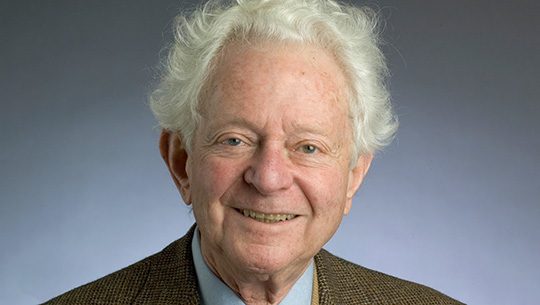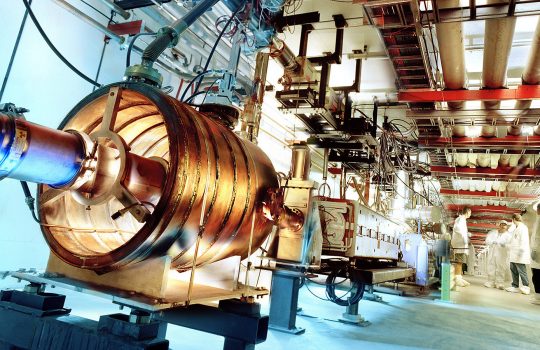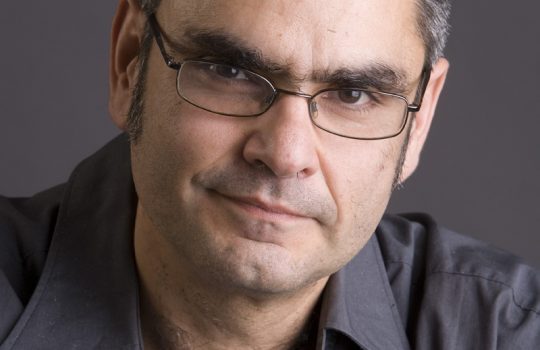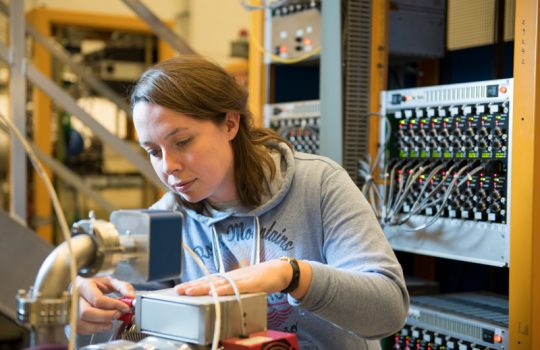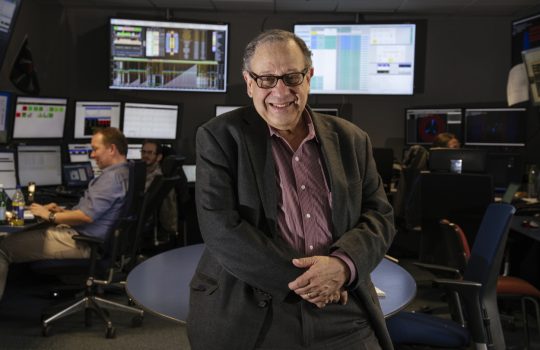Physicist Leon Lederman, renowned for his subatomic particle work, has died
From Science News, Oct. 3, 2018: His work revealed the existence of multiple new elementary particles — with names like the muon neutrino and the bottom quark — showing that the realm of the infinitesimal was more complex than previously thought.

